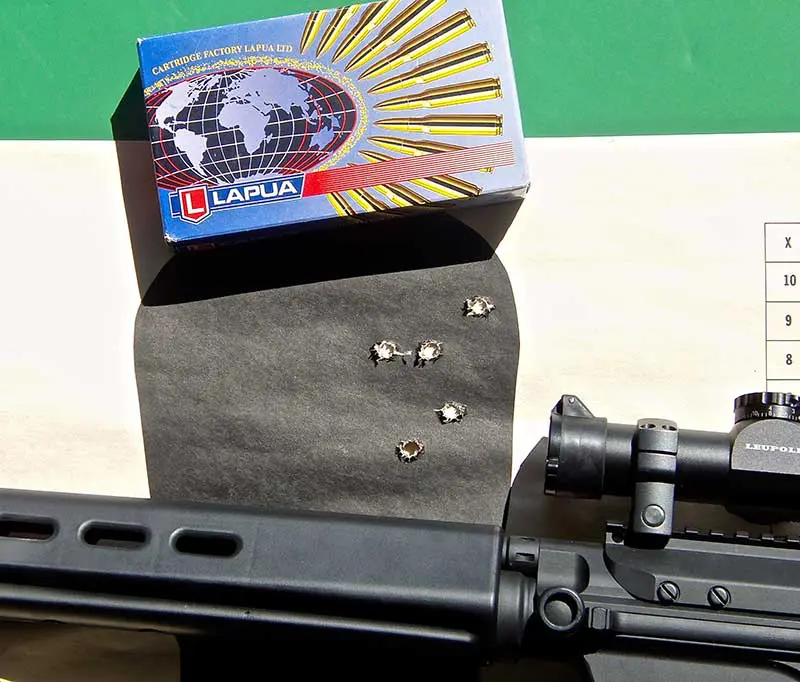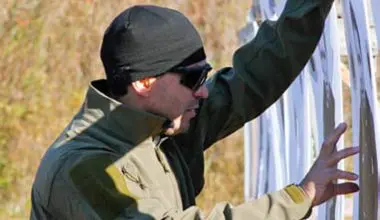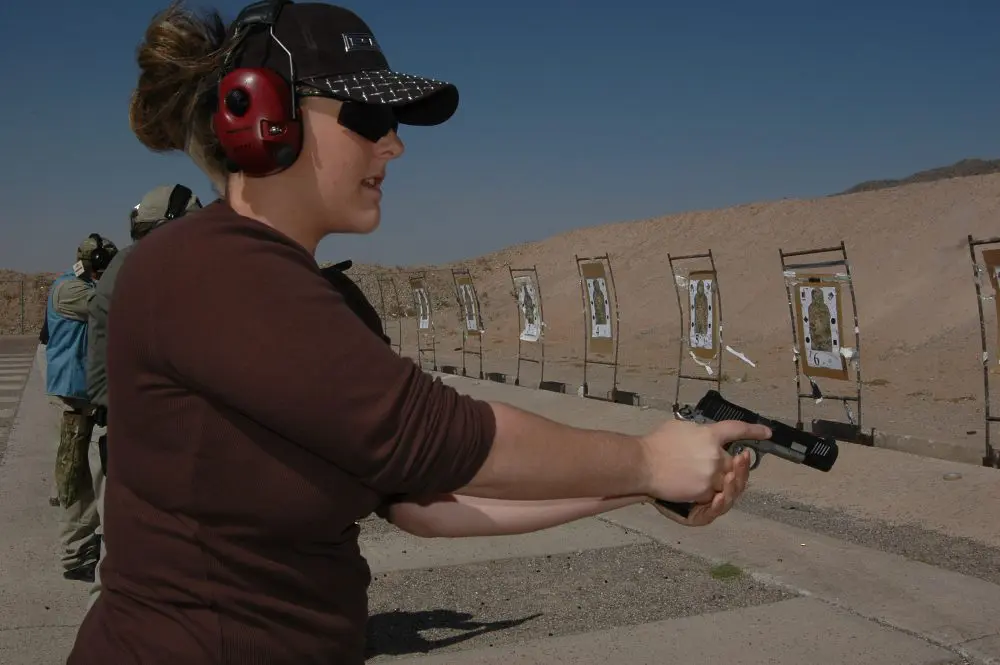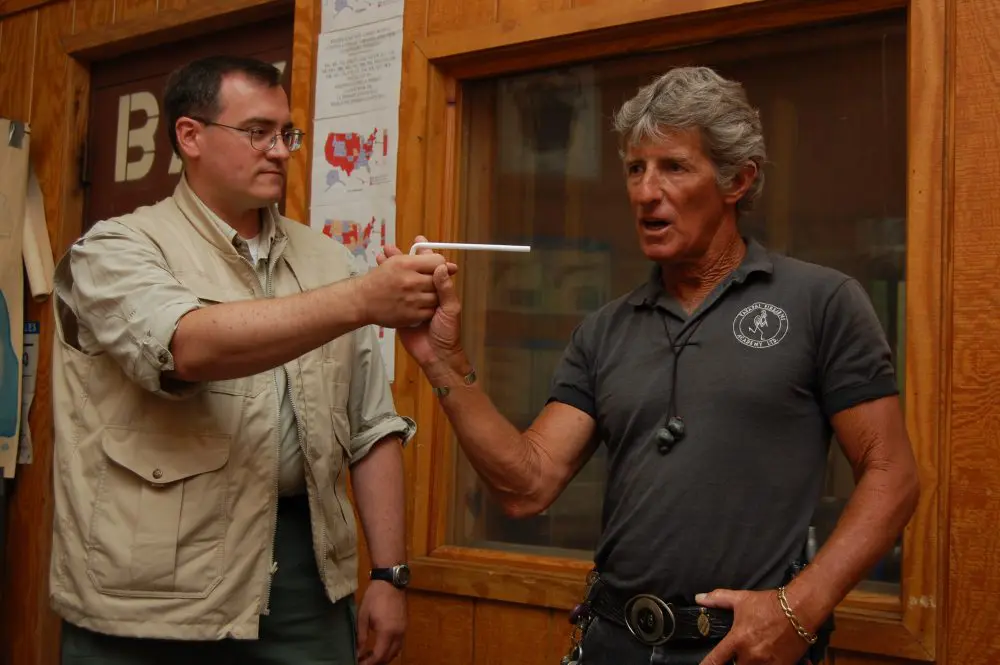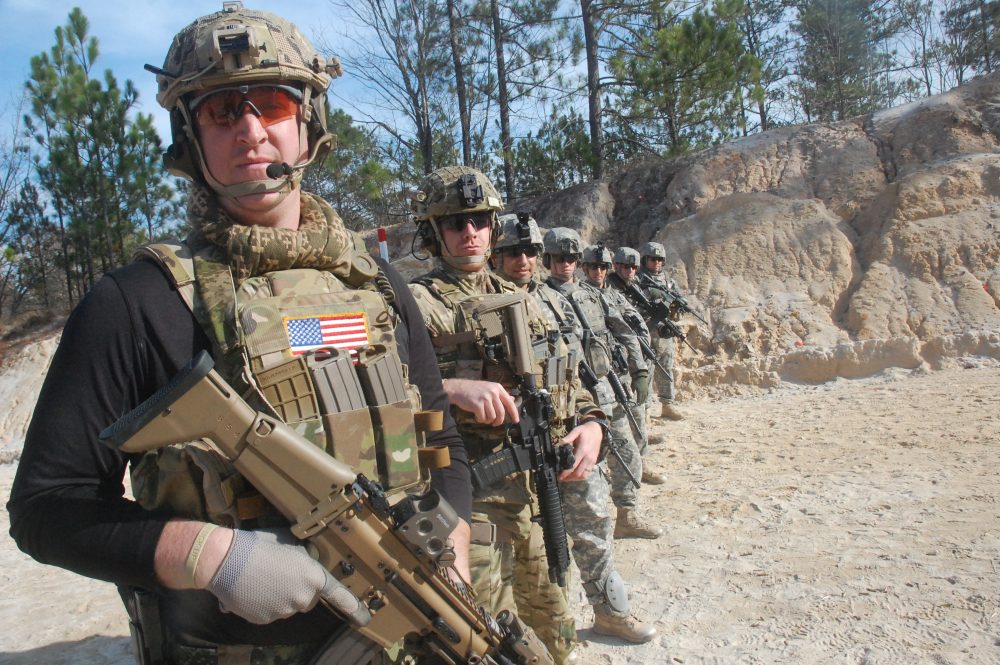I have seen all the different ways that plainclothes officers carry their guns and their badges, and have found most of them to compromise officer safety.
The first rule of concealed carry is to have a gun. The second is to conceal it from all observers all of the time, unless it is reasonable to display it to stop a crime or arrest an outlaw. Rule three is to never carry a gun without your badge and credentials. Let’s take a look at how officers carry their badges, and see if they enhance officer safety.
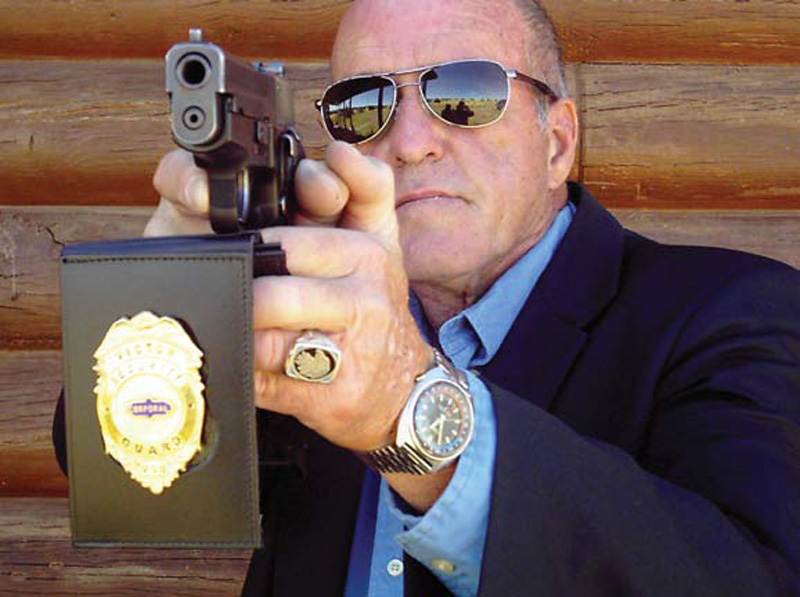
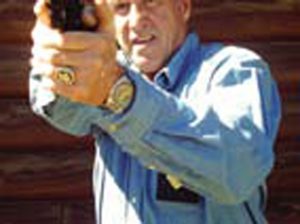
Table of Contents
BADGES FOR CIVILIANS
First of all, for those of us who are civilians, I do not advocate the use of “Concealed Weapons License Badges.“ Perception becomes reality, and no matter what the badge says, the bad guy or some witness will testify under oath that you claimed to be a cop. This could muddy the waters enough that a righteous selfdefense use of force might become a questionable “vigilante shooting,” bad enough to make you lose a civil suit or even a criminal case! Heck, I don’t even carry a “Retired” badge, which I believe can cause more problems than it solves. I do carry my Retired ID, for display after I have complied with the directions of the “active” troops and the situation is calm.
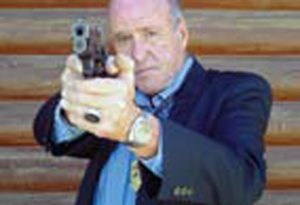
WALLET BADGES
Let us dispense completely with the badge in your regular wallet. I watched an officer try to display his badge to a guy we were arresting by displaying his wallet badge. As he thrust it into the bad guy’s car, his wallet opened, and all his money, credit cards, notes, and driver’s license fell into the outlaw’s lap. If the outlaw had driven away at that point, he would have made a profit rather than been arrested! That officer was instantly taken out of the arrest team so he could focus on retrieving his personal effects. Fortunately, the bad guy did not have a gun while the officer crawled all over him, retrieving his lost papers.
The other issue with wallet badges is the inadvertent display. You go to pay for your purchase at a store, and the cashier (and others) see you are an officer. You have just compromised your safety in that place, particularly if you are a regular. If something minor starts to happen, instead of calling 911 for the on-duty crew, store employees might push you into the middle of something that may not even be a crime! There you are, dealing with a possible shoplifting, without a radio, cuffs, Taser, etc. Who needs that?
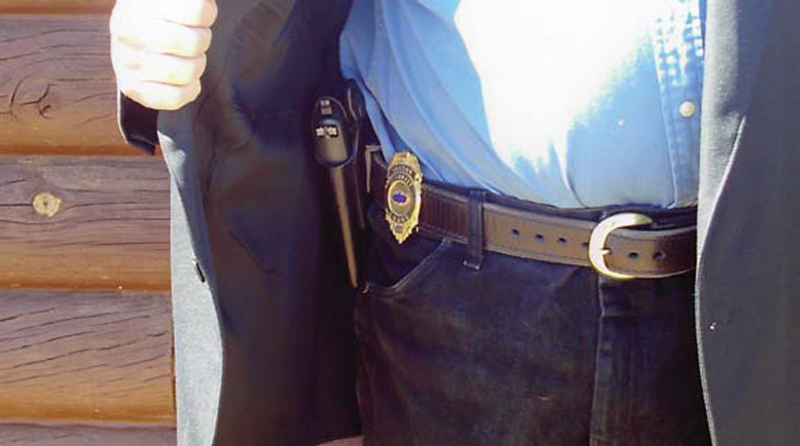
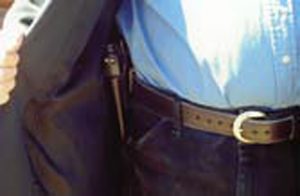
BADGES ON THE BELT
The most common display in the West is the badge on the belt, strong side, just in front of the holster. Some departments even require this, on the basis that if the gun becomes visible to Joe Citizen, so will the badge, thus calming the situation down. Now, rule #2 says the gun should always be concealed, but hey, stuff happens. Winds blow jackets open, outer garments get caught on projections, all the minor accidents of life happen.
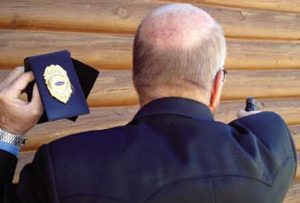
We generally carry black or dark blue guns, in black or dark brown holsters, all the better to conceal our guns. Why would we put our bright, shiny badge where it is likely to draw attention to the fact that we are “heeled”? If our outer garment flips open briefly, and everything there is dark/dull colored, it is likely to go unnoticed. Stick a nice shiny badge there, and you blow your cover.
If something bad is going down, you draw your gun. How do you get your badge from this position to where it can be seen? Once your gun is out, you can reach for your badge with your strong hand, but that takes your gun off target. If you reach with your weak hand, it’s awkward—it twists your body around and compromises your target focus.
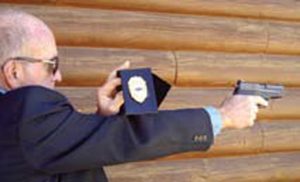
BADGES ON NECK CHAINS AND IN POCKETS
On the East Coast, wearing the badge on a neck chain is popular, particularly in the New York City area. It does conceal your badge (provided your shirt is thick enough) and leaves it readily accessible for display by your weak hand. At least it does until you assume a shooting stance! Then your support-side arm can easily block any view of your badge, and a legitimate claim of “I didn’t know he was an officer” can be made.
More formal agencies, where officers usually wear suit coats, often employ the badge in a jacket pocket carry. Looks good on the five o’clock news, and I did this myself, right up until I did some training in a suit coat. Your shooting stance may conceal your badge when you need it most, just like a neck chain. Plus, I have seen more than one badge fall out of the pocket, particularly when any physical action takes place. You get the bad guy proned out and bend over to start cuffing him, and your badge falls out of your pocket. Your badge can easily get kicked out of view and even left behind. We had one officer who dropped his badge as he quickly exited his car, and it took an extended search before we found it under the passenger-side seat.
At one time, my agency issued us sideopening cases for both our badges and credentials—badge on the outside, creds inside. This was another bad idea, as the combo was too thick for most pockets. If you wore a lightweight shirt, your badge was clearly visible through your shirt pocket. Worst of all, if you clipped it on your shirt/jacket pocket using the clip on the back, it would swing open. When open, you could not clearly see the badge or the credentials.
WHAT WORKS FOR ME
After a lot of experimentation, my chosen method of carry was in an endopening badge case in my support-side front pocket. I carried my gun on my strong side, so I practiced drawing my gun and getting my badge out in one motion. Once I got it out, I flipped the case open and held it in my support hand while supporting my gun hand.
On the range, you see a lot of shots on realistic targets around the gun hand, clear evidence of “see the gun, shoot the gun” on surprise courses of fire. This is also why many cops and bad guys get shot in the hands. With my technique, it becomes “see the gun, see the badge.”
This also allows for off-axis display of your badge. If a command voice behind me says, “Police, put the gun down!” I can comply without losing my badge in the process. I can even lift my badge up over my head and show it to someone to my rear or either side, without turning around or taking my gun off target.
I can also buy things without displaying my badge, and can display my badge without dropping my ID or showing my gun. I can hang the badge on a pocket or my belt, again without any display of my gun.
Of course, what works for me may not work for you. You need to experiment with different locations and type of carry to find the one that fits your lifestyle, manner of dress, climate and all the other factors. Then settle on it and practice, both with and without your gun.
It just could save your life.
